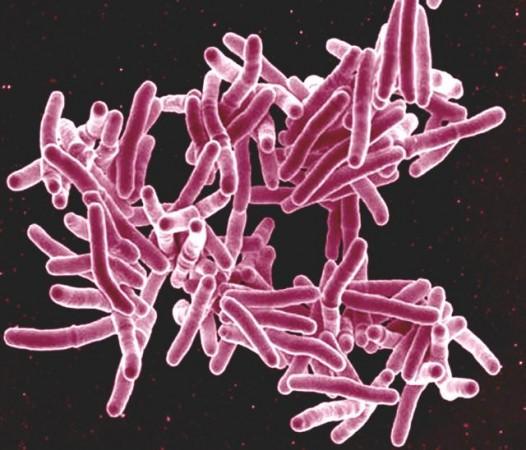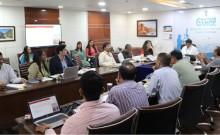
Prevalence of tuberculosis in young children across the world is much higher than the figures released by World Health Organization (WHO) two years back, a new study published in The Lancet Global Health, reveals.
Dr Peter Dodd from the University of Sheffield, UK and colleagues analysed prevalence of TB in 22 countries with a high burden of the disease and found that nearly 6, 50,000 children develop TB every year, nearly 25 percent higher than the 2012 (5, 30,000) WHO estimate. India had the highest childhood TB burden in the whole world.
The study also identified 15 million newly exposed childhood TB cases and also found another 53 million children living with latent TB infection, meaning the TB bacteria in their bodies are not active.
"Our findings highlight an enormous opportunity for preventive antibiotic treatment among the 15 million children younger than 15 years of age who are living in the same household as an adult with infectious TB", lead author of the study Dr Dodd, said in a news release. "Wider use of isoniazid therapy for these children as a preventative measure would probably substantially reduce the numbers of children who go on to develop the disease."
"Children are an often ignored but important part of TB control efforts," he added later.
Unlike the standard methods that depend up on paediatric case reporting, the new study used mathematical modelling to calculate TB infection in children and adults. Researchers found that of the total 7.6 million children aged below 15 infected with the TB bacteria Mycobacterium tuberculosis in 2010, 6, 50, 000 cases progressed into TB disease, and about 27 percent of the cases were contributed by India.
The TB bacteria, Mycobacterium tuberculosis, spread through air. Young children contract the bacterial infection after getting exposed to the air an infected person coughed, sneezed or talked. Infants and young children are at greater risk of developing TB.
Though in most of the cases, TB affects lungs, it can also develop in different parts of the body, including bones, skin, intestines, sexual organs and central nervous system, according to the netdoctor, UK.
TB in children can either accompany with or without symptoms. Some symptoms include fever, night sweats, cough, weight loss and weakness. TB infection can be prevented by taking a vaccine called bacille Calmette-Guerin or BCG.













!['It's not Mumbai traffic, it's air traffic': Suriya apologises to Mumbai media after paparazzi yelled At Him for making them wait for hours [Watch]](https://data1.ibtimes.co.in/en/full/806234/its-not-mumbai-traffic-its-air-traffic-suriya-apologises-mumbai-media-after-paparazzi.jpg?w=220&h=138)



